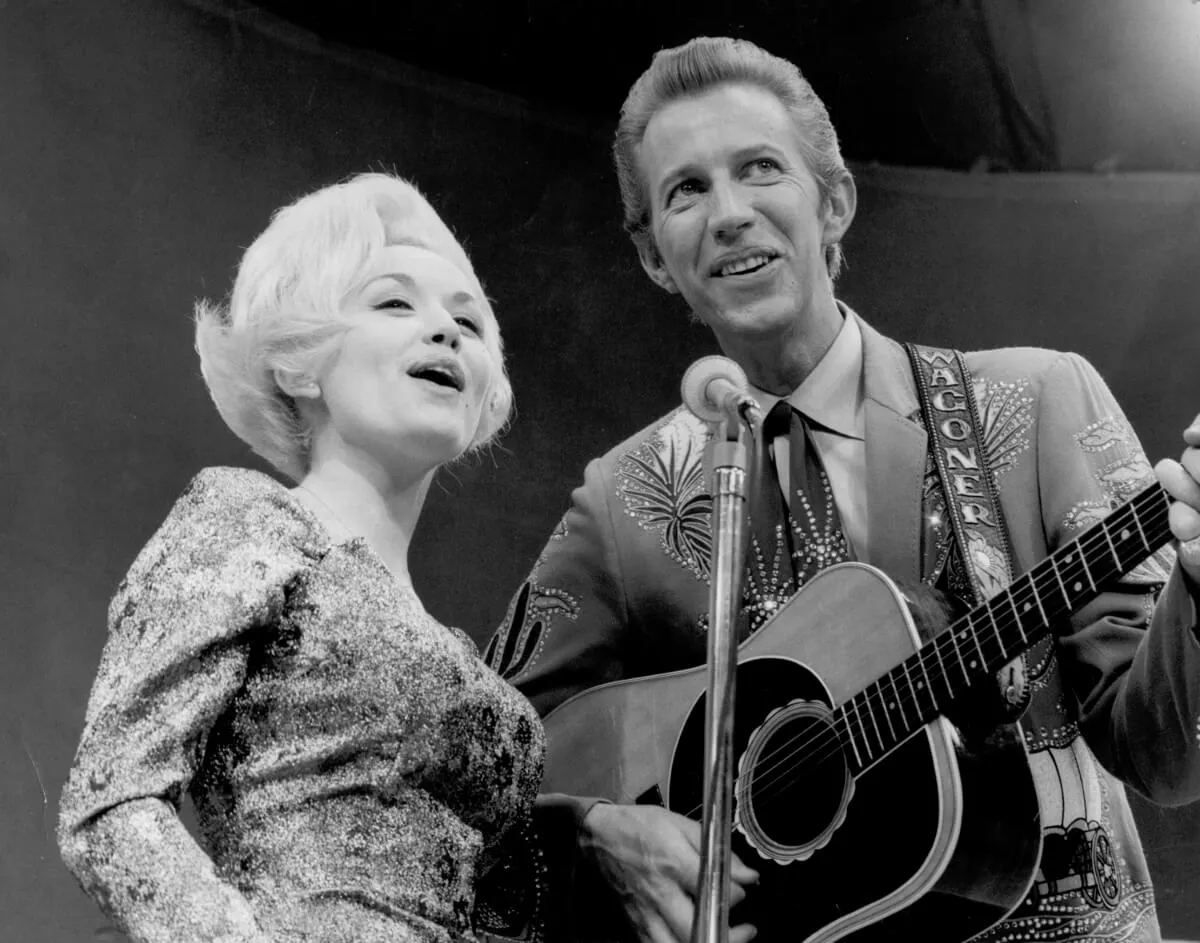‘Psycho’: 1 Part Of the Shower Scene Featured a First In American Film
Even if someone has never seen Alfred Hitchcock’s Psycho, chances are they’ve seen at least part of the horror movie, and that part is likely the shower scene. The Wizard of Oz might be the most widely seen and beloved movie, but the shower murder is probably the most talked about and obsessively analyzed individual scene.
And there’s a good reason for that too. The shower scene, to say nothing of the entire movie, was groundbreaking. It not only changed moviemaking, it changed moviegoing in ways that are still reverberating 60 years later. But there was one specific aspect of the scene that caused quite a bit of upset, and it was not the murder.

Why was ‘Psycho’ a big change for Hitchcock?
Just prior to making Psycho in 1960, Hitchcock had made one of his other most famous movies, the lavish thriller North by Northwest, with Cary Grant. That was the movie where Grant gets mistaken for a spy, is targeted by a murderous crop duster, and is chased all the way down Mount Rushmore.
By this point, the TV series Alfred Hitchcock Presents was a big success, and he decided to make his new movie cheaply, using the crew from the TV show. But he had something special in mind when he came up with the shower scene. He intended to shock the audience with the violence of the scene, although the actual violence is more implied than shown.
The shower scene is so famous, it gets a documentary all its own called 78/52, the former number referring to the number of camera setups and the latter the number of edits. According to Mental Floss, the three-minute scene took an entire week to shoot. But it was one shot in particular that got the brass up in arms.
What part of the shower scene really upset the censors?
The shower murder does not show any graphic violence, with the possible exception of one very brief shot where the knife appears to be puncturing skin. For all the consternation it caused, it wasn’t the murder that most upset the censors. It was a common household object called a toilet.
Before Psycho, toilets or even bathrooms were very rarely seen because to depict them was considered distasteful. Psycho upped the ante by showing the toilet flushing, and that wasn’t just Hitchcock being naughty – it was to drive home the point that Marion Crane (Janet Leigh) was flushing away the evidence of her uncharacteristic crime. It later proves to her boyfriend and her sister that Marion had been at the Bates motel.
In an NPR interview, film historian David Thomson noted, “There were certain things you could not show. You could not show a toilet. Everybody, most days of the week, uses a toilet … (but) it was thought to be offensive. And Hitchcock said, ‘Well, this is silly.’ And he got away with it.”
‘Psycho’ changed how we go to the movies
Nowadays, it seems like at least half of the movie-related articles we read go on and on about spoilers and the importance of not divulging them. Psycho took this idea and made it a key part of its marketing campaign that aimed to change moviegoers’ behavior. It was very unusual for a movie to kill off a major star before the movie was half over, and Hitchcock had to find a way around that.
Before Psycho, audiences would often show up in the middle of a movie, then just stay all the way through the next showing to where they came in. That wouldn’t work with Psycho. Hitchcock didn’t want audiences wandering in halfway through the film and wondering where Janet Leigh was. So he asked theater owners not to admit audiences after the movie had already started, making Psycho the first movie to demand theatrical showtimes, according to Syfy. Then, he urged audience members not to divulge the movie’s secrets.
That sense of showmanship is something that has been lost in the pandemic, which has damaged theatrical moviegoing to the point that people are staying away from theaters in droves, and most theaters remain closed. It will take more than a flushing toilet to revive the theatrical experience, which is undergoing another sea change for very different reasons than Psycho put forth.


